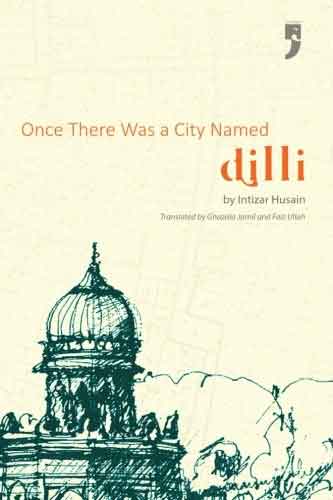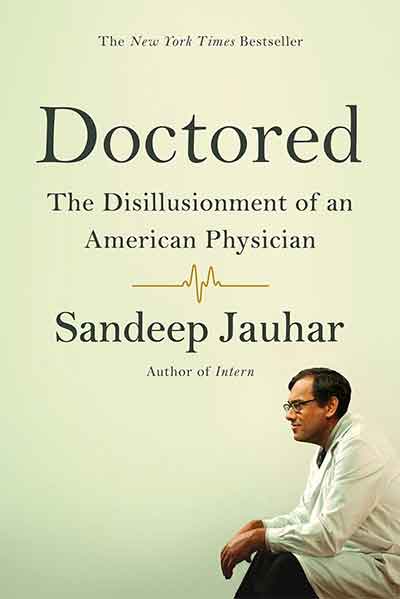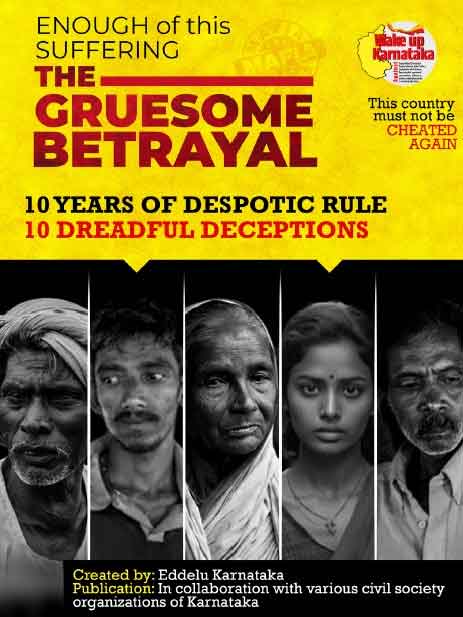by Intizar Husain Trans. Ghazala Jamil and Faiz Ullah. Originally published 2003. Yoda Press.
INTRODUCTION
Dilli tha jis ka Naam is a historical account by Intizar Husain published originally in Urdu in 2003. The book at hand, Once there was a city named Dilli (2016), is its English translation by Ghazala Jamil and Faiz Ullah. In today’s time, when a whopping amount of people learn history from WhatsApp University, this translation is timely.
HISTORY OF DELHI
 Once there was a city named Dilli has a number of appealing historical facts and arguments. We get to know that a small king named Dehlu settled a town which was called Dehli after his name and then became Dilli; Qutub Minar is named after Khwaja Qutubuddin Bakhtiyar Kaki; Firoz Shah Tughlaq planted around 1200 gardens in Dilli and that Muhammad bin Tughlaq was not a whimsical king. We get to know that Dehli was also called Shahjahanabad or simply Jahanabad after the Mughal king Shah Jahan who built Red Fort and Jama Masjid; and that there were a number of markets around Jama Masjid area but only Chandni Chowk survived as the ‘queen of bazaars’. Death of Aurangzeb invited a series of attacks from Jats and Marathas among others. In 1802 AD, the English defeated the Marathas and took hold of Dilli.
Once there was a city named Dilli has a number of appealing historical facts and arguments. We get to know that a small king named Dehlu settled a town which was called Dehli after his name and then became Dilli; Qutub Minar is named after Khwaja Qutubuddin Bakhtiyar Kaki; Firoz Shah Tughlaq planted around 1200 gardens in Dilli and that Muhammad bin Tughlaq was not a whimsical king. We get to know that Dehli was also called Shahjahanabad or simply Jahanabad after the Mughal king Shah Jahan who built Red Fort and Jama Masjid; and that there were a number of markets around Jama Masjid area but only Chandni Chowk survived as the ‘queen of bazaars’. Death of Aurangzeb invited a series of attacks from Jats and Marathas among others. In 1802 AD, the English defeated the Marathas and took hold of Dilli.
SUFISM
Intizar Husain tells that Dilli was not just the capital of kings, it was also the capital of spirituality. Delhi was a doorstep of Khwajas, auliyas and qalandars. Hundreds of Sufi khanqah (place for gatherings) had their own culture which remained untouched by the powerful court and strict theologians. Men-women or rich-poor anyone who wished to come was welcome. There was no compulsion of knowing Persian. Here Hindvi was in currency. Music permeated these places. Among the shrines, the one that slowly gained a central position was that of Sheikh Nizamuddin Aulia. It was so popular that from morning till late in the night, there was always a big crowd of devotees there.
COMPOSITE CULTURE
The book shows us that religious pluralism had always been part of the culture of Jahanabad. It is this aspect of the book which I found to be most poignant. This syncretic culture survived the tumultuous ‘revolt of 1857’. We get to know how in 1884 when the Urdu-Hindi dispute began, majority of Hindus supported Urdu language. Major newspapers also advocated the cause of Urdu over Hindi. We see how Hakim Ajmal Khan emerged as the flag-bearer of Hindu-Muslim unity. Delhi hosted the 1918 sessions of both Muslim League and the Indian National Congress, and both the parties demanded the release of Ali brothers.
REVOLT OF 1857
This historical account has touching description of Delhi during the Revolt of 1857. Bahadur Shah fled Delhi to save his life. His three sons were killed in front of his eyes. Red Fort was stranded and in ruins. Even after winning over the last bastion of Mughals, the fire of revenge kept raging in English hearts. Killing of common men started; their nominal belongings looted. A large number of people deserted Delhi.
BAHADUR SHAH ZAFAR
It was during the reign of the last Mughal king that the composite culture was at its peak. With the revolt of 1857, everything turned topsy-turvy. But the commoners had a soft corner for their king. He was first expelled to Rangoon and then he left this world while in exile. But the book states that he was immortal. His poetry made him eternal. The poetry of ‘Zafar’ got elevated to the stature of people’s poetry. Till today, we find people reciting Urdu couplets when talking about Delhi’s culture and mannerisms.
THE DELHI RENAISSANCE
Ghazala Jamil and Faiz Ullah tell us that CF Andrews used the term ‘Delhi Renaissance’ to describe the intellectual contribution of the Dilli College. Maulvi Zaka Ullah, Deputy Nazeer Ahmed, Mohammad Hussain Azad, and Maulvi Ziauddin were its famous alumni. Maulvi Mohammad Baaqir was a student there and later became a teacher. He published the Delhi Urdu Akhbar, which was the first newspaper in north India. Affiliated to Dilli College was one vernacular society where around 125 works across wide range of disciplines were translated and compiled. The translators were either the teachers or the students of the College. A committee called the Archeological Society was formed to research Dilli’s historical heritage. Among the members, Sir Syed Ahmed Khan was the most active and wrote a book. But all of a sudden 1857 arrived and later Dilli College was closed.
CONCLUSION
Towards the end Intizar Husain talks about the tribulations of the Partition of India and how severely Delhi was affected by it. What started as a small town founded by king Dehlu ended up becoming the capital of a newly born India via a series of ups and downs. The whole text is sprinkled with Urdu and Persian verses which makes the reading pleasurable. At a time when we are seeing upsurge against pluralism in India, this book and its English translation is much needed. One can only hope that till the Sufi dargahs keep their lamps ablaze and joss sticks alight, the doors of Delhi will be open for everyone. Fingers crossed.
Zeeshan Husain,MSW (TISS), MPhil (CSSSC), UGC NET (Social Work), UGC NET (Sociology), New Delhi














































